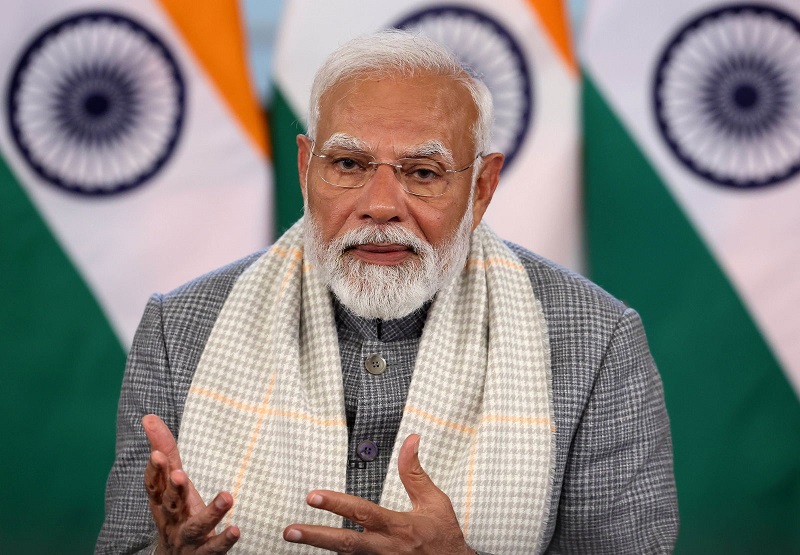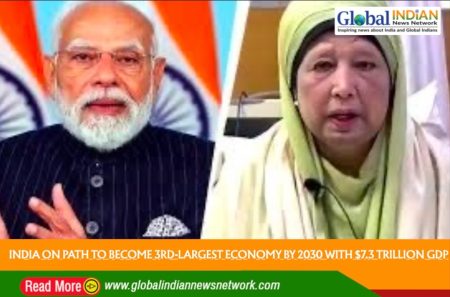
The Bharatiya Janata Party (BJP) has made a historic return to power in Delhi after 27 years, marking a significant political shift driven by Prime Minister Narendra Modi’s leadership and strategic messaging. The party’s campaign, centered around “Modi ki Guarantee,” resonated strongly with voters, helping BJP secure victory over Arvind Kejriwal’s Aam Aadmi Party (AAP) in a tightly contested election.
The influence of PM Modi has been a game-changer for BJP, with recent successes in Maharashtra and Haryana further solidifying his role as the party’s key vote magnet. His sharp attack on AAP, branding it as “AAP-da” (calamity), and his call for a corruption-free governance model struck a chord with Delhi voters.
Over the years, BJP’s vote share in Delhi Assembly elections has seen a steady rise—from 32.3% in 2015 to 38.5% in 2020, and now reaching 48% in 2025. Analysts believe that Delhiites placed their trust in PM Modi’s leadership, particularly after his guarantee to continue existing welfare schemes and transform Delhi into a global city, ‘Viksit Delhi.’
A key factor in the election was the growing anti-incumbency sentiment against AAP, exacerbated by corruption allegations against Kejriwal’s administration. Modi’s campaign positioned BJP as the more stable and transparent alternative, a strategy that gained traction among diverse voter segments, including an unexpected increase in support from Muslim voters—rising from 3% in the last election to 12-13% this time.
PM Modi’s narrative of “AAPada ko hatana hai, BJP ko lana hai” (Remove AAP, bring BJP) shaped voter perceptions, reinforcing BJP’s image as the party of governance and accountability. The results highlight a shift in voter preference, with many who had previously supported AAP in state elections now realigning with BJP for a ‘double-engine’ government.












